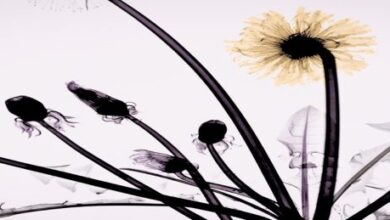Western Grebe – Reflections of the Natural World
One Moment in Nature is a reflection back in time to a moment of discovery as I explored the natural settings around me. Through the sharing of this moment, is my hope that readers will become motivated to learn more about our environment and its inhabitants, and become passionate advocates for conservation. One Moment in Nature is a Reflections of the Natural World Blog Post Series by Jim Gain
THE WESTERN GREBE MOMENT – Formerly conspecific with the Clark’s Grebe, in 1985 the AOS split them from different morhped subspecies to full species. One of my fellow photographers has some award-winning images of adult Western Grebes feeding their young and that kind of a photo-story was high on my list. A visit to family in SoCal in August (2025) gave me an opportunity to visit the San Joaquin Wetlands in Orange County. To my great awe, this is what I was dreaming of as both Western and Clark’s Grebes were in the process of raising young. The angles I had weren’t helping me due to the cattails along the shore. I finally found a very small opening and to my good fortune a family floated right up to where I was positioned.
As I was at focused on just composing as many shots as I could, I didn’t realize right away that this was a mixed species family. When I double-checked a couple of my shots on the viewscreen I did a double-take. One was clearly a Western and the other adult was a Clark’s. Clearly the babies couldn’t care less, as long as they were getting some tasty fish for breakfast.
WHAT’S IN A NAME – Aechmophorus occidentalis; Greek aikhmophoros = spearman; Latin occidentalis = western
PHYSICAL DESCRIPTION – The Western Grebe is a slender, long-necked waterbird with a sharp black-and-white contrast: its black cap extends below the eye, giving it a hooded appearance, while the rest of the face and neck are bright white. It has a straight, yellowish-green bill and red eyes, and its body is sleek and dark-backed with pale underparts.
In contrast, Clark’s Grebe has a whiter face with the black cap stopping above the eye, a brighter orange-yellow bill, and slightly paler overall plumage. These subtle differences, especially in facial pattern and bill color, are key to distinguishing the two species when they occur together on California lakes.
STATUS AND DISTRIBUTION IN CALIFORNIA – The Western Grebe (Aechmophorus occidentalis) is widely distributed across California, occurring year-round in large freshwater lakes, reservoirs, and coastal estuaries, with notable breeding concentrations in the Central Valley and eastern Sierra Nevada. It is generally common, forming conspicuous flocks and engaging in elaborate courtship displays, including synchronized “rushing” across the water’s surface. The species is listed as Least Concern by the IUCN, though local populations may be affected by water level fluctuations, nest disturbance, and contaminants. Natural history observations highlight its fish-based diet, floating nest platforms anchored in emergent vegetation, and strong site fidelity to traditional breeding colonies.
Most recent Blog Posts from the One Moment in Nature series.



